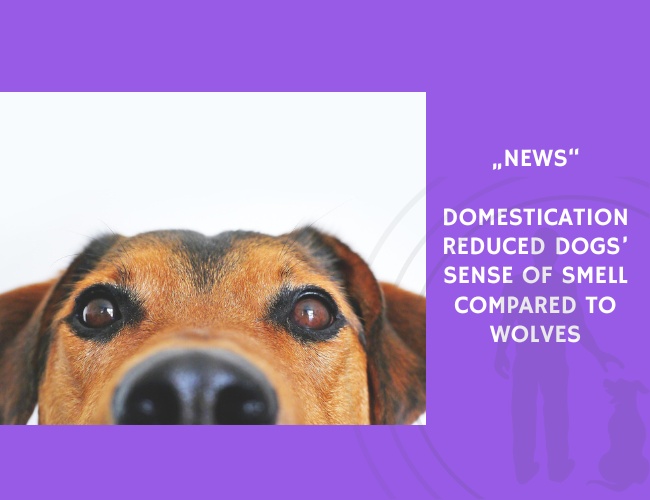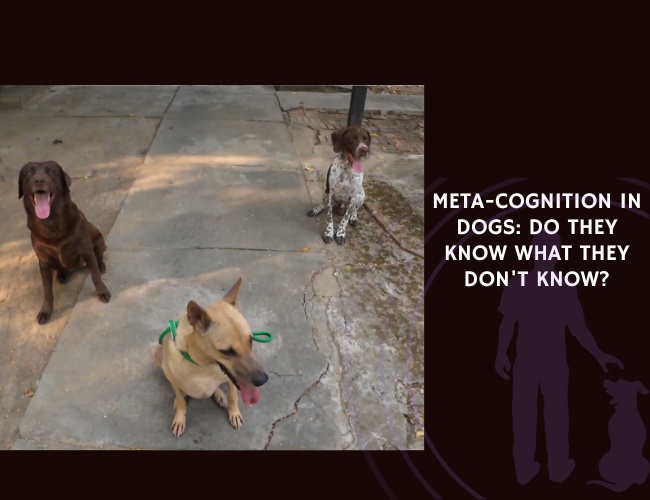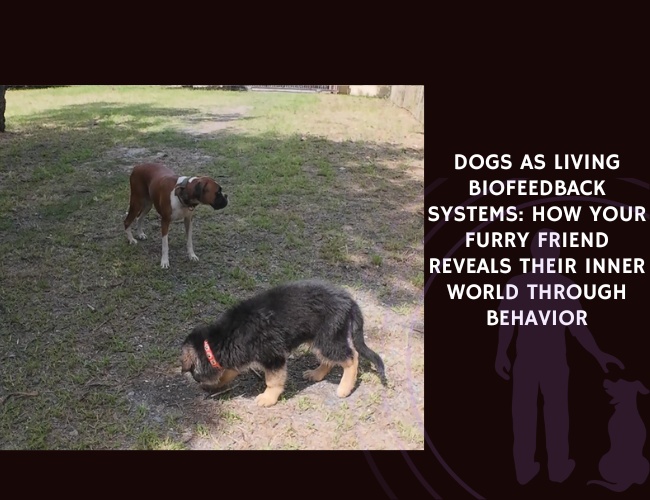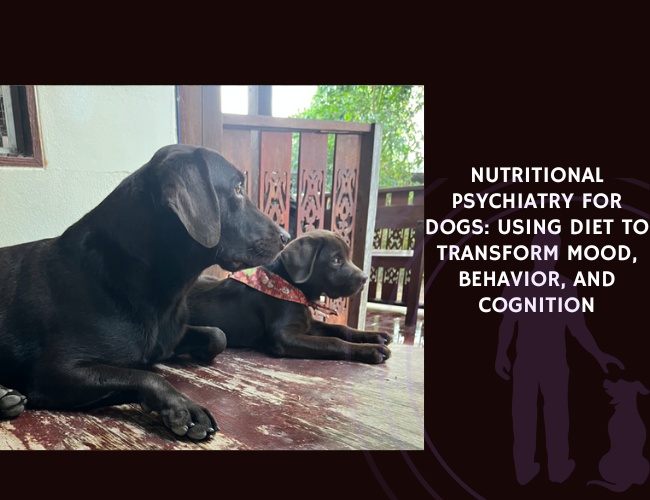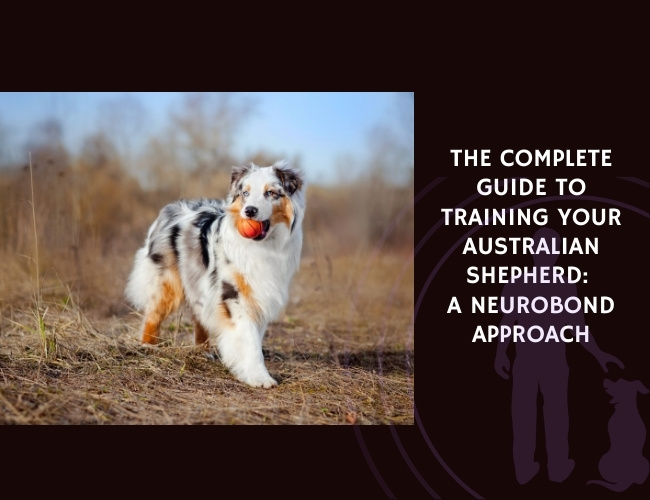Deborah J. Bird and colleagues (2020) used high-resolution CT scans to compare the cribriform plate (CP)—a bony structure that transmits olfactory nerve bundles—across 46 dog breeds, coyotes, and gray wolves. The CP surface area serves as a reliable indicator of olfactory capacity.
The findings showed that dogs have a significantly reduced CP size compared to wolves and coyotes, suggesting a loss of olfactory ability during domestication. Surprisingly, no significant differences were observed between so-called “scent breeds” (such as bloodhounds and beagles) and non-scent breeds. This indicates that artificial selection for scent detection did not restore the olfactory potential lost through domestication.
The results challenge the popular belief that dogs are unmatched in smell. While still possessing strong olfactory skills relative to many mammals, wolves retain a superior olfactory anatomy. Domestication, it seems, prioritized traits that fostered cooperation and communication with humans rather than preserving wild-level olfactory performance.
Source: Bird, D. J., Jacquemetton, C., Buelow, S. A., Evans, A. W., & Valkenburgh, B. V. (2020). Domesticating olfaction: Dog breeds, including scent hounds, have reduced cribriform plate morphology relative to wolves. Journal: The Anatomical Record, Volume 304, Pages 139–153. Publication Date: 2020-11-17. Authors: Deborah J. Bird, C. Jacquemetton, S. A. Buelow, A. W. Evans, Blaire Van Valkenburgh.

